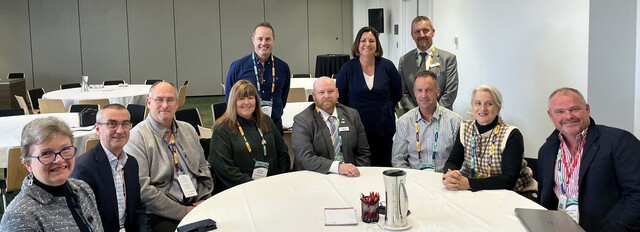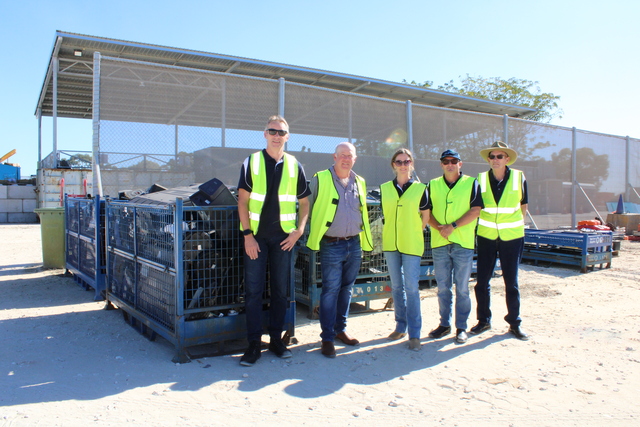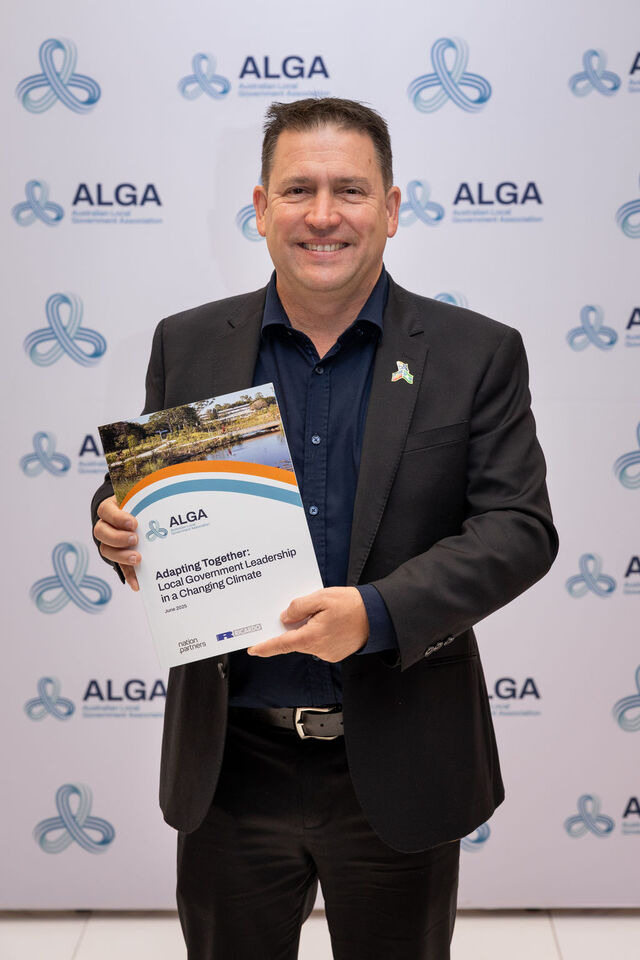‘Peri-urban arc’
Beverley Shire is part of what is becoming known as the peri-urban arc, adjoining the outer metropolitan areas of Perth.
It is predominantly broadacre agricultural land with an increasing number of smaller diversified farming lots.
The town site is 130km from Perth CBD and there has been a gradual population increase into Beverley town or smaller landholdings by those attracted to the rural lifestyle, friendly community and proximity to Perth, bringing with them a range of skills and services.
All Council areas are unique in their own way, especially in rural areas.
Perhaps the difference here is the range of opportunities that could be built upon in an economic sense to bring visitors into the region.
Avondale Farm is unique in its own right and there are many environmental attributes around the district.
Avondale Farm is a relaxing and interesting place, which holds something special for everyone who visits.
This heritage-listed property was originally assigned to Governor James Stirling and Captain Mark Currie in the 1830’s.
The remaining homestead block became an agricultural research station for over 80 years, during which time the ‘Avondale Project’ was established as part of WA’s sesquicentenary celebrations.
Works included restoration of the homestead and horse stables, vermin proof fencing of a 54 ha significant bush reserve and establishment of a museum collection depicting the growth of agriculture in WA.
Rural infrastructure
Sustainability, adequate funding and amalgamations are the key challenges facing rural councils.
Integrated Planning is a worthwhile tool in assisting Local Governments with their planning for the future.
A lot of work has gone into the various documents, which can now be used to better inform Councils’ decision making.
Collaboration between Local Governments and an open-minded approach to improving our sustainability is my preference rather than amalgamation.
I think this would be a better outcome for our communities in the long run.
Road funding and freight movements are also key challenges.
With Local Government responsible for such a large proportion of this national asset, the volume and type of traffic now using these roads is creating a growing and never ending challenge for Councils to meet community expectations regarding the road network.
Rate payers and residents are bearing a burden for maintenance and upkeep of heritage listed municipal properties which are effectively part of the heritage fabric of the State.
Council is currently investigating the extent and cost of remediation works for the 128-year-old Railway Station, recently vacated upon the advice of our insurers.
The building was restored over a decade ago and now forms an integral part of a Community Arts Precinct.
Even though relatively close to Perth, spasmodic coverage around the district creates difficulties for business, particularly farming related.
The Remote Mobile Communication Project in Western Australia has improved coverage along the highways and hopefully the forthcoming Regional Telecommunications Project will provide a broader rollout.
Merit to council
I have always been involved with a variety of community groups in various capacities and saw the role of Shire Councillor as an extension of making a contribution to our great community.
I had been considering nominating for several years and did so when my youngest daughter was about to go to boarding school.
I might also have been one of those ratepayers a little disgruntled at times, not understanding the dynamics of Local Government!
I am a partner in our family farming enterprise, primarily responsible for the financial and office management aspect of the business.
The role of Shire Councillor is effectively voluntary in rural communities with only a small remuneration of the time involved.
My taking on the role of Shire President has necessitated our business to engage additional staff to assist with the outside work.
I believe leadership positions should be filled based on merit rather than gender. Our elected members are all working on behalf of the community and
I am privileged to have been voted by my peers into the position of Shire President, particularly after the last election, as I am the only female of a nine member Council.
The best part of being a councilor is the difference, which can be made through establishing and following planning processes at a strategic level, which flow through as long term benefits for the community.
The worst is government bureaucracy, red tape and the length of time it takes to get things done.








